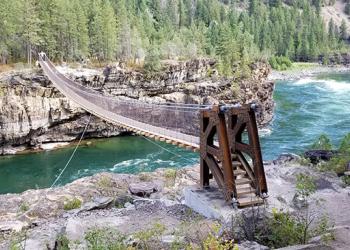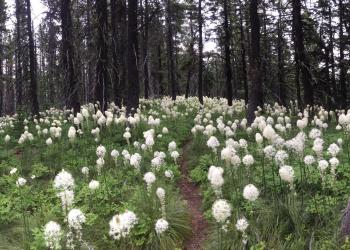Safety and Outdoor Ethics
It’s important to understand what it takes to brave the elements, respect wildlife, and stay safe while you enjoy the outdoors. Thoroughly review the information on this page and the pages linked in the menu to the left to learn everything you need to Know Before You Go!
Alerts

The Kootenai posts alerts regarding closure orders, road restrictions, and other critical information that can affect your visit.
Know Before You Go

Your national forests and grasslands provide a natural arena for a wide variety of fun and exciting outdoor activities. Click here to learn the important tips unique to each of your favorite activities.
Leave No Trace

We encourage visitors to practice Leave No Trace principles when recreating on the Kootenai National Forest and anywhere else in the great outdoors. Following these simple guidelines help us keep wild places wild, particularly in backcountry and Wilderness areas. Use the following link to learn about the 7 Leave No Trace Principles from the Leave No Trace Organization website.
Bear Safety

The Kootenai National Forest is home to the large and powerful grizzly bear. A food storage order requires food storage practice across the Forest to reduce the potential for human-wildlife encounters.


